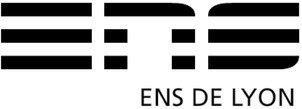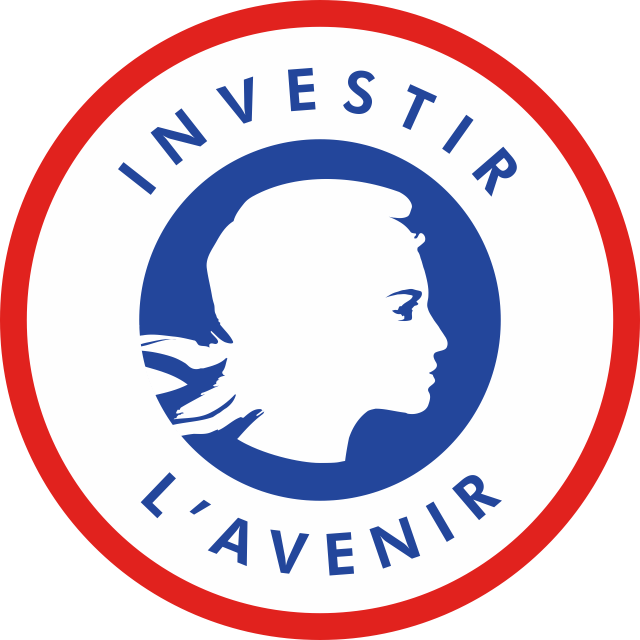Séminaire en ligne, 25 juin 2020
Pour assister à la rencontre, se rendre sur https://ent-services.ens-lyon.fr/entVisio/ choisir Chocola dans le menu déroulant, mettre son nom comme identifiant, et Bruxelles sans majuscule comme dernier champ. Autoriser les popups, et changer de navigateur au besoin.
- 10h: accueil et problèmes de connexion
- 10h15: début de l'exposé
- 11h15: questions et discussion
- 12h: adieu et problèmes de déconnexion
Merci aux auditeurs de couper micro et caméra (sauf éventuellement, lorsqu'ils souhaitent poser une question). Les questions peuvent aussi être posées dans la fenêtre de chat.
En cas de problème ou de question, écrire à chocola-gestion chez ens-lyon.fr.
Programme
- 10:15 – 11:15
-
Delia Kesner (IRIF, Univ. Paris Diderot)Invited talk: The bang calculus, revisited
Call-by-Push-Value (CBPV) is a programming paradigm subsuming both Call-by-Name (CBN) and Call-by-Value (CBV) semantics. The paradigm was recently modelled by means of the Bang Calculus, a term language connecting CBPV and Linear Logic.
This talk presents a revisited version of the Bang Calculus, called lambda!, enjoying some important properties missing in the original system. Indeed, the new calculus integrates commutative conversions to unblock value redexes while being confluent at the same time. A second contribution is related to non-idempotent types. We provide a quantitative type system for the lambda!-calculus, and we show that the length of the (weak) reduction of a typed term to its normal form plus} the size of this normal form is bounded by the size of its type derivation. We also explore the properties of this type system with respect to CBN/CBV translations. We keep the original CBN translation from lambda-calculus to the Bang Calculus, which preserves normal forms and is sound and complete with respect to the (quantitative) type system for CBN. However, in the case of CBV, we reformulate both the translation and the type system to restore two main properties: preservation of normal forms and completeness. Last but not least, the quantitative system is refined to a tight one, which transforms the previous upper bound on the length of reduction to normal form plus its size into two independent exact measures for them.
(joint work with A. Bucciarelli, A. Rios and A. Viso)



